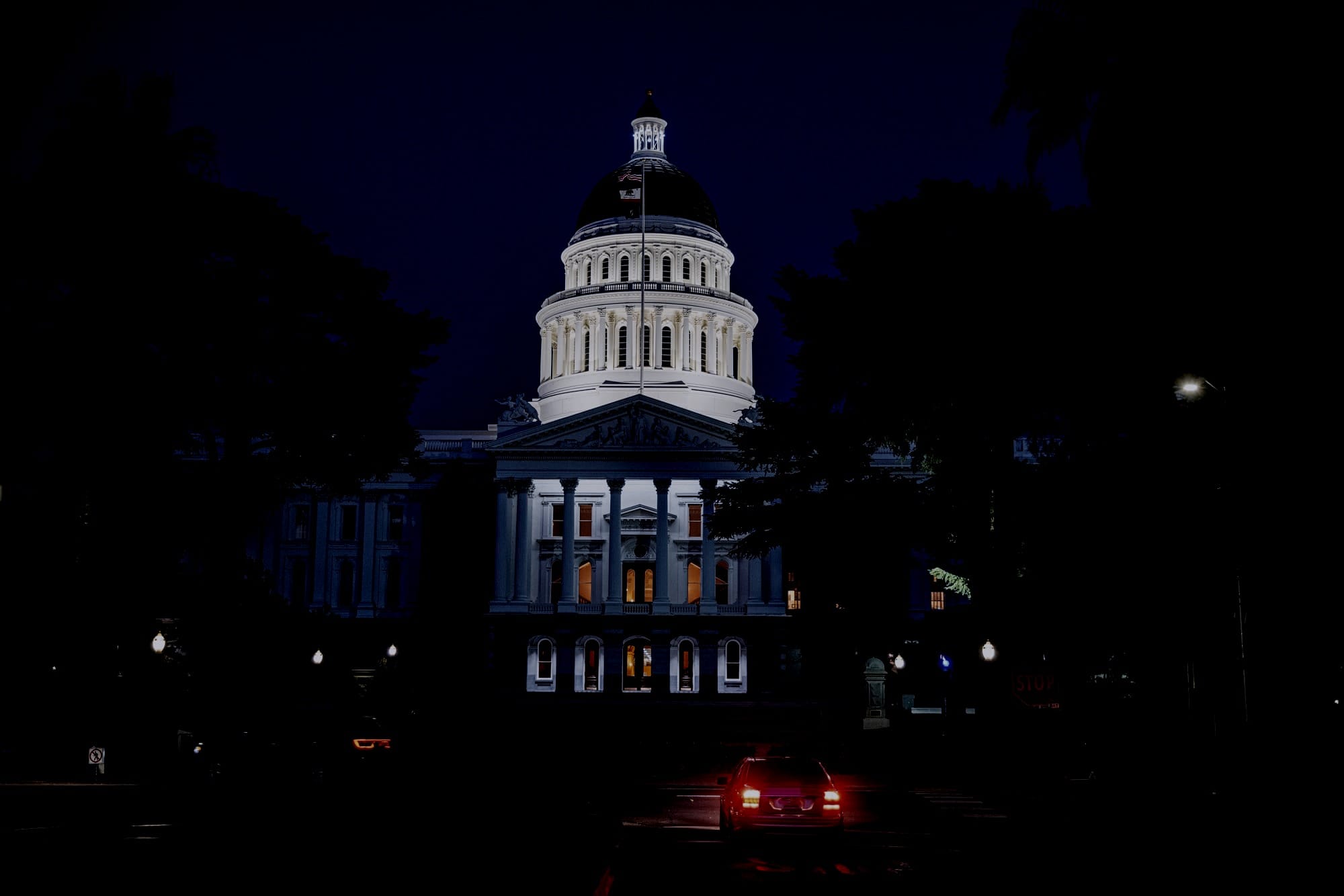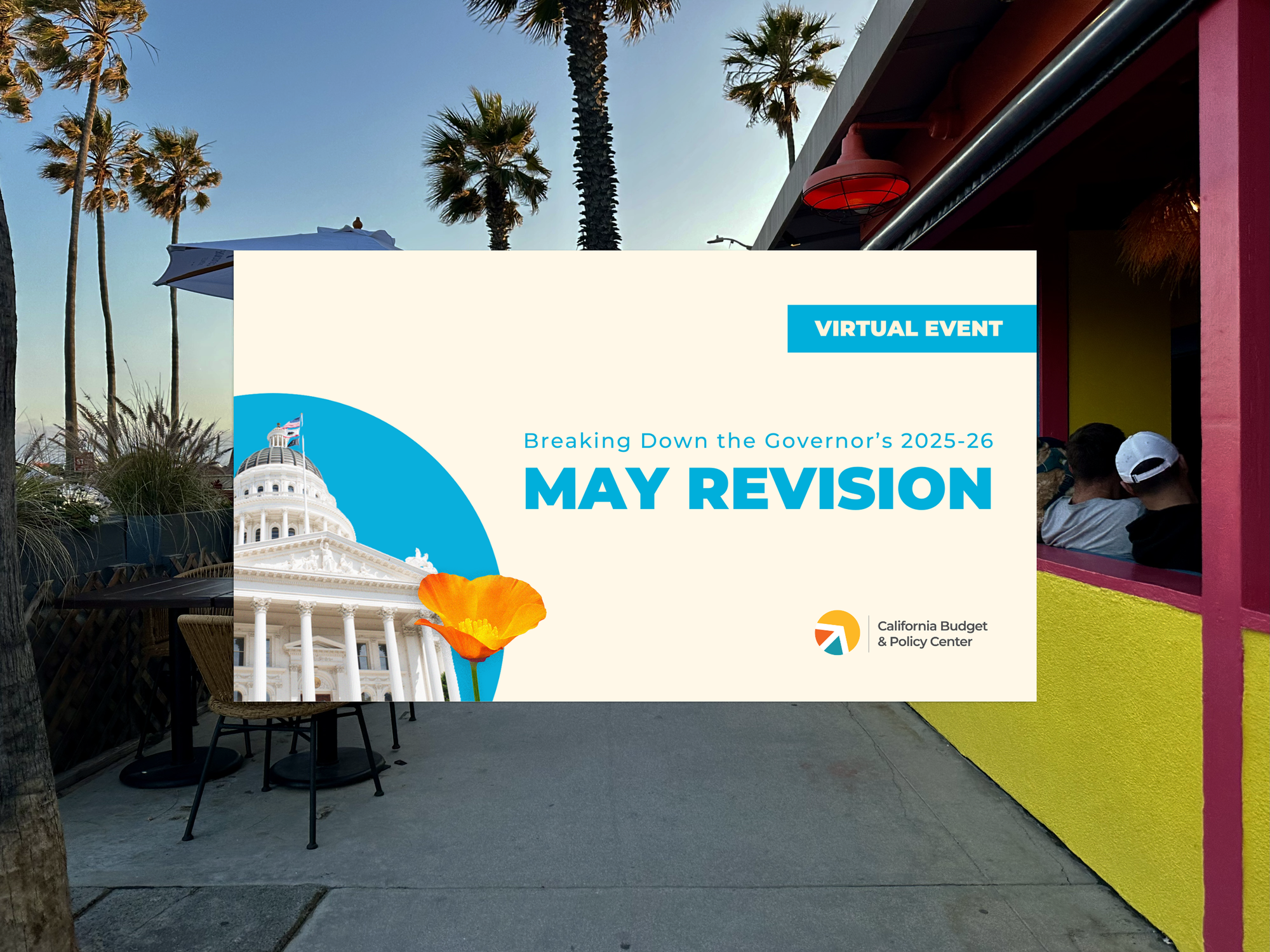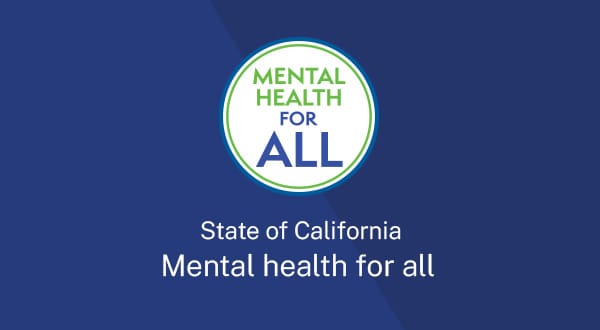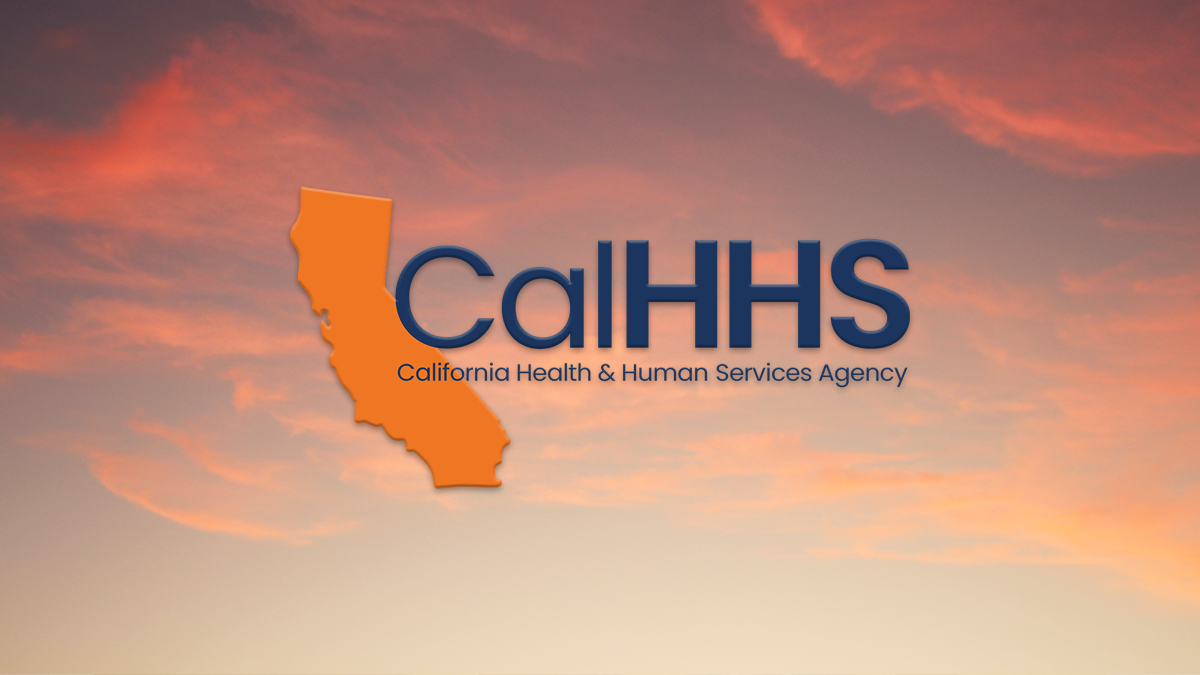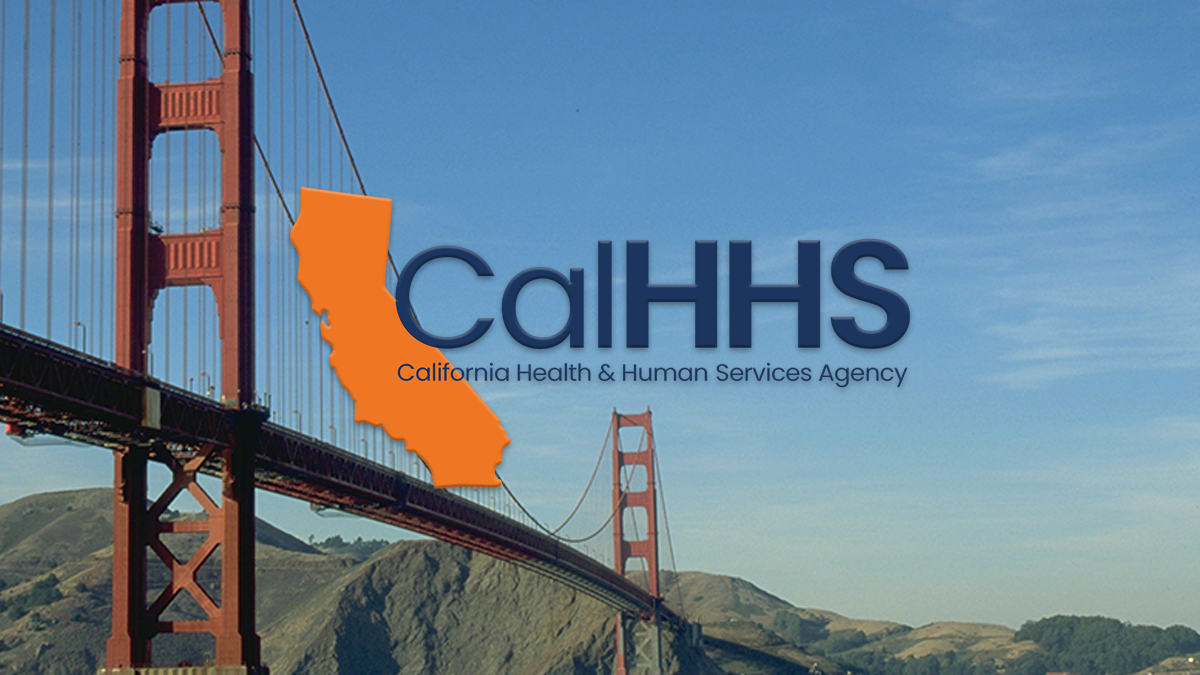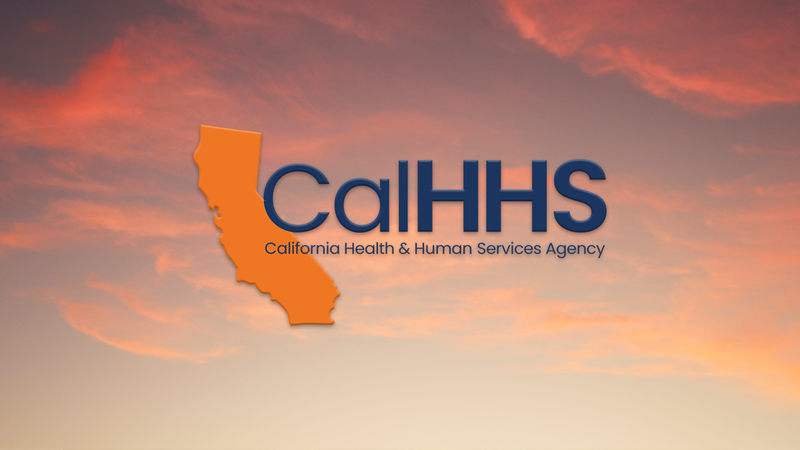2025-26 California HHS budget guide: What’s funded, what’s cut, and what’s at stake
California's 2025-26 Health and Human Services budget allocates $307 billion to support the state's most vulnerable residents. This guide breaks down key spending decisions, significant policy changes, and major investments.
Now finalized, the 2025-26 California Health and Human Services (HHS) budget allocates $307 billion to fund the state's vast array of health and social services. Following a period of significant program growth, this budget marks a strategic pivot, introducing a series of solutions aimed at aligning spending with available revenue.
But California's attempt to achieve long-term fiscal stability involves difficult choices. The budget's structure elies on a combination of targeted investments, significant spending reductions, and cost-saving measures scheduled to take effect in future years. While designed to curb costs, these strategies create underlying tensions and potential challenges that will require careful monitoring.
Below, we explore both the stated goals of the budget and long-term implications of its key decisions and compromises.
Table of Contents
- 2025–26 HHS Budget Overview
- The Mission of California’s HHS Agency
- A Note on Federal Legislation
- Department of Health Care Services: Medi-Cal Changes
- Department of Social Services: Key Investments and Cuts
- Developmental Services: Program Reductions and Reforms
- Other Key Investments and Systemwide Changes
- Key Changes and Takeaways
- Analysis: Future Challenges and Contradictions
- In Summary
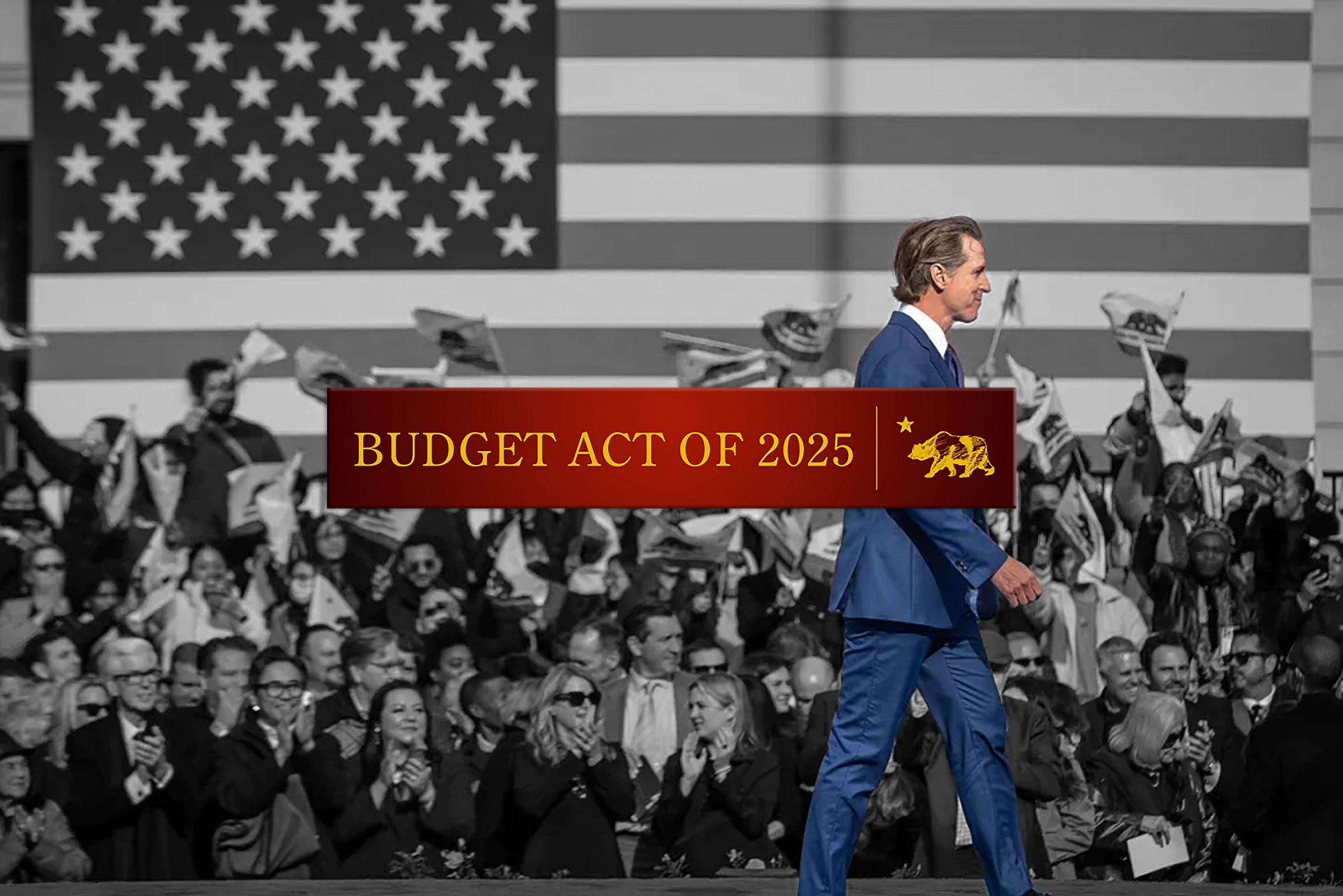
2025-26 HHS Budget Overview
Of the total $307 billion, $84.4 billion is drawn from the state's General Fund, the primary pool of taxpayer money. This substantial figure underscores the high priority placed on health and social services within the state's overall financial plan.
The current budget arrives after a period of significant growth in HHS programs. In response to this expansion, the 2025-26 budget marks a strategic shift. It introduces a series of solutions and statutory changes aimed at aligning program spending with available state revenue. This approach seeks to ensure a balanced budget not only for the present but also to establish long-term fiscal stability and curb future costs, reflecting a move from rapid expansion to sustainable management.
The Mission of California's HHS Agency
The California Health and Human Services Agency is the cornerstone of the state's public service infrastructure. Its fundamental mission is to provide essential health and social services to the most vulnerable and at-risk Californians. From health care coverage and food assistance to support for children, seniors, and individuals with disabilities, the agency's departments work to protect and empower residents while safeguarding public health for the entire state.
A Note on Federal Legislation
It is important for readers to be aware that this budget was finalized prior to the full assessment of new federal laws. Specifically, Trump's One Big Beautiful Bill, which was signed on July 4, 2025, may have future impacts on state-level funding and programs. The figures and adjustments outlined in this guide do not reflect any potential changes that may arise from this federal legislation.
Department of Health Care Services: Steering Medi-Cal
The Department of Health Care Services (DHCS) is responsible for administering Medi-Cal, California's Medicaid program. As the state's public health care coverage provider, Medi-Cal offers comprehensive health services at little to no cost for low-income individuals and families. The department also oversees various non-Medi-Cal programs and supports county-run mental health and substance use disorder services.
Medi-Cal at a Glance
Medi-Cal is the single largest component of the HHS budget. For 2025-26, the program is funded with $196.7 billion in total funds, which includes a $44.9 billion contribution from the state's General Fund. It is a cornerstone of California's health care system, projected to provide coverage to approximately 14.9 million people—more than one-third of the state's entire population.
Key Budget Adjustments and Their Implications:
The 2025-26 budget introduces several significant adjustments aimed at controlling costs and refining services within Medi-Cal. These changes impact beneficiaries, providers, and specific health services.
Behavioral and Crisis Services:
988 Suicide and Crisis Lifeline: A one-time investment of $17.5 million is allocated to support the 988 lifeline centers, enhancing their capacity to handle call volumes.
Proposition 36: An additional $50 million in one-time General Fund money will be distributed over three years as non-competitive grants to county behavioral health departments.
Changes Impacting Undocumented Californians
To reduce costs, the budget enacts several major changes for individuals with unsatisfactory immigration status:
Enrollment Freeze:
New enrollment into full-scope Medi-Cal will be frozen for undocumented individuals aged 19 and over, effective no sooner than January 1, 2026. This is projected to save $77.9 million in 2025-26, with savings growing to $3.3 billion annually by 2028-29.
Monthly Premiums:
A $30 monthly premium will be implemented for this group (ages 19-59) starting July 1, 2027.
Elimination of Dental Benefits:
Full-scope dental coverage will be eliminated for this population effective July 1, 2026. They will retain access to restricted-scope, emergency dental services. This is estimated to save $308 million in 2026-27.
Clinic Reimbursement Changes:
Payments to Federally Qualified Health Centers and Rural Health Clinics for services to this population will be reduced to the standard Medi-Cal rate, saving an estimated $1 billion in 2026-27.
Widespread Cost-Saving Measures
Medi-Cal Asset Test: The asset limit for seniors and disabled adults to qualify for Medi-Cal is being reinstated. Effective no sooner than January 1, 2026, the limit will be $130,000 for an individual, plus $65,000 for each additional household member. This is projected to save $61.3 million in 2025-26.
Prescription Drugs:
- The state will implement a rebate aggregator for drugs provided to individuals with unsatisfactory immigration status, saving an estimated $370 million in 2025-26.
- Coverage for GLP-1 drugs (like Ozempic) for weight loss will be eliminated as of January 1, 2026, saving $85 million in the first year.
- Stricter utilization management and prior authorization protocols for prescription drugs will be implemented, saving an estimated $175 million in 2025-26.
Supplemental Payments:
Dental supplemental payments will be eliminated starting in 2026-27, saving approximately $362 million annually.
Provider and Facility-Related Adjustments:
Provider Loans: The budget authorizes the use of $2.3 billion in 2025-26 for cash flow loans to Medi-Cal providers, with repayments scheduled to begin in 2027-28.
Skilled Nursing Facilities: The Workforce and Quality Incentive Program is eliminated, and the requirement for a 96-hour backup power system is suspended, resulting in a combined savings of $168.2 million in 2025-26.
Department of Social Services: A Safety Net for Californians
The Department of Social Services (DSS) is at the forefront of the state's efforts to serve, protect, and empower Californians facing hardship. The department administers a wide range of programs designed to promote well-being and disrupt systemic inequities. For 2025-26, the DSS budget includes $56.1 billion in total funding ($24.5 billion from the General Fund).
Child Care and Development
DSS oversees a variety of child care and development programs that provide families with access to affordable care through subsidized centers and voucher programs. The budget allocates $7.3 billion ($4.7 billion General Fund) for these crucial services.
Significant Adjustments:
Increased Reimbursements: An ongoing increase of $88.6 million will allow voucher programs to be reimbursed based on a family's certified need.
Support for Agencies: An ongoing increase of $70 million is provided for administrative support to Alternative Payment Program agencies.
Cost-of-Living Adjustment (COLA): Child care programs will receive a COLA, funded by an increase of $59.4 million.
Emergency Child Care Bridge: Funding for this program, which supports foster children, is reduced by $30 million, but maintains an ongoing annual budget of $63.7 million.
CalWORKs: Supporting Families in Need
The California Work Opportunity and Responsibility to Kids (CalWORKs) program provides temporary cash assistance and welfare-to-work services for low-income families with children. The budget assumes $9.5 billion in total TANF expenditures, with $6.2 billion dedicated to the CalWORKs program, which is projected to serve an average of 363,766 families monthly.
Significant Adjustments:
Program Streamlining: The budget introduces several changes to make CalWORKs more family-centered and easier to navigate. This includes simplifying welfare-to-work requirements, expanding allowable activities, and making the sanction process less punitive.
Food and Nutrition
The CalFresh program (California's version of SNAP) provides federally funded food benefits. The budget includes $3.8 billion for CalFresh and other nutrition programs, which supplement the $13.3 billion in food benefits provided directly by the federal government to an estimated 3.3 million households monthly.
Significant Adjustments:
SUN Bucks: The state is launching the Summer EBT program, branded as SUN Bucks, which provides $120 per child in food benefits during the summer. The budget includes $115.8 million ($57.5 million General Fund) for administrative and outreach costs to deliver an estimated $815.9 million in federal food aid.
CalFood: A one-time increase of $52 million is allocated for food banks.
Fruit and Vegetable EBT: A one-time allocation of $36 million will provide supplemental benefits for fresh produce.
In-Home Supportive Services (IHSS)
The IHSS program provides essential in-home care to eligible low-income individuals who are elderly or have disabilities, allowing them to remain safely in their homes. The program has a budget of $29.9 billion ($11.1 billion General Fund) and is expected to serve over 793,000 recipients monthly.
Significant Adjustments:
Conforming with Medi-Cal Asset Test: The IHSS program's eligibility will align with the reinstated Medi-Cal asset limits, resulting in a reduction of $16 million in 2025-26.
Late Penalties: The state will share the cost of federal late penalties for reassessments with counties in 2025-26, saving the General Fund $40.5 million. Beginning in 2026-27, counties will be responsible for the full cost of these penalties.
Children's Programs
Child Welfare Services encompass a continuum of care for children at risk of abuse or neglect, including family support, foster care, and adoptions. Total funding for these programs exceeds $9.9 billion.
Significant Adjustments:
Foster Family Agency Funding: A one-time allocation of $31.5 million ($23 million General Fund) is provided to Foster Family Agencies to help offset documented increases in liability insurance costs.
Tiered Rate Structure: The implementation of a new rate structure for foster care providers is now subject to a specific appropriation, a change that will take effect in 2027.
Other Key Social Services Investments
The budget also includes significant one-time funding boosts for several other critical programs:
Home Safe Program:
An increase of $83.8 million for housing support for individuals in Adult Protective Services.
Bringing Families Home Program:
An increase of $81 million for housing support for families involved in the child welfare system.
Housing and Disability Advocacy Program:
An increase of $44.6 million to assist disabled individuals experiencing homelessness.
Immigration Services:
$10 million for the Children's Holistic Immigration Representation Project and another $10 million for the One California program.
Diaper Banks:
An increase of $7.4 million to support diaper banks.
Department of Developmental Services: Supporting Individuals with Developmental Disabilities
The Department of Developmental Services (DDS) provides a variety of services to individuals with intellectual and developmental disabilities, empowering them to live more independently and achieve their personal goals. The services are designed to be person-centered, reflecting individual choices and cultural preferences within their home communities.
For 2025-26, the DDS budget includes $18.7 billion ($12.2 billion from the General Fund), and it is estimated that over 490,000 individuals will receive services.
Significant Budget Adjustments
The budget includes several key reductions and policy changes aimed at increasing the long-term sustainability of the programs.
Reductions and Policy Changes:
Rate Reform Hold Harmless: A reduction of $75 million in 2025-26 is achieved by ending the "hold harmless" policy for the recent rate reform in February 2026, four months earlier than planned.
Self-Determination Program: Funding is reduced by $22.5 million in 2025-26 and $45.5 million annually thereafter. This change reflects new guidelines intended to protect the program's sustainability.
Porterville Developmental Center: A reduction of $25 million ongoing will begin in 2026-27, reflecting historical savings at the facility.
Elimination of Specific Programs:
Implicit Bias Training: $5.6 million in ongoing funding is eliminated for refreshing regional center implicit bias training.
Health and Safety Waiver Assistance: $3 million in ongoing funding is eliminated for health and safety waiver application assistance.
New Provider Mandates: A significant future saving of $221.7 million annually, beginning in 2026-27, is anticipated by requiring service providers to comply with Electronic Visit Verification, annual audits, and other rules as a precondition for receiving Quality Incentive Program payments.
Other Key Investments and Adjustments
Beyond the main departmental budgets, the 2025-26 Health and Human Services budget includes several other significant cross-cutting investments, initiatives, and reductions that will shape California's health landscape.
Managed Care Organization (MCO) Tax and Provider Payments
The Managed Care Organization (MCO) Tax continues to be a critical funding source for Medi-Cal. The budget utilizes $4.2 billion in MCO Tax revenue in 2025-26 to support the Medi-Cal program. A portion of this revenue will fund $2.8 billion in provider payment increases in 2025-26 for services including primary care, specialty care, and reproductive health, which will receive a dedicated $90 million.
Behavioral Health Workforce Initiative
To address the growing need for mental health professionals, the budget directs $1.9 billion over five years to the Department of Health Care Access and Information (HCAI). This multi-year initiative is designed to recruit, train, and support the state's behavioral health workforce.
Support for Specific Health Needs
AIDS Drug Assistance Program (ADAP):
The budget provides up to $75 million one-time from the ADAP Rebate Fund to ensure HIV and AIDS prevention and treatment services continue without interruption, should federal funding be delayed or reduced.
Transgender, Gender Nonconforming, and Intersex (TGI) Wellness:
The budget allocates $15 million in one-time funds and reappropriates a previous $7.2 million to support grants for TGI wellness, equity, and care.
Diaper Access Initiative:
HCAI will receive $7.4 million in 2025-26 to contract with hospitals to provide a three-month supply of diapers at no cost to families with newborns, aiming to improve maternal and infant health outcomes.
Health Care Affordability and Long-Term Care
Health Care Affordability Reserve:
$25 million is allocated on an ongoing basis to a reserve fund at Covered California to support financial assistance programs for health coverage.
Long-Term Care Ombudsman Program:
The budget increases funding by $3 million annually for three years to support local ombudsman programs that advocate for the rights, safety, and health of residents in long-term care facilities.
Reductions in State Hospital Programs
To achieve savings, the budget reduces resources for various programs at the Department of State Hospitals.
Program Reductions:
Funding is reduced for the Incompetent to Stand Trial (IST) Program, Community-Based Restoration, and other programs, resulting in estimated General Fund savings of $195.5 million in 2025-26. The budget maintains sufficient funding to support these programs based on actual expenditures.
Infrastructure Grant Reduction:
A one-time reduction of $232.5 million is made from unspent grant funds that were intended to increase residential treatment capacity for individuals designated as IST.
Key Changes and Takeaways
The 2025-26 HHS budget is defined by a dual approach: making significant reductions to ensure long-term fiscal stability while also making targeted, strategic investments in critical areas.
A Shift to Fiscal Prudence
The most significant theme is cost containment. This is most evident in Medi-Cal, with the enrollment freeze for certain undocumented adults, the reinstatement of the asset test for seniors and people with disabilities, and the elimination of some dental benefits and supplemental payments. Similar reductions are seen in developmental services and state hospital programs.
Targeted, High-Impact Investments
Despite the cuts, the budget directs substantial funding to key priorities. The multi-year, $1.9 billion Behavioral Health Workforce Initiative is a major investment, as are funds for the 988 crisis lifeline. New programs like SUN Bucks and the Diaper Access Initiative aim to provide direct support to families and children.
Direct Impacts on Vulnerable Groups
The changes will be felt differently across populations. Undocumented adults face new premiums and reduced benefits. Seniors and individuals with disabilities will need to navigate the reinstated asset test. Conversely, families with young children may benefit from child care COLAs and new nutrition programs.
Focus on Housing and Homelessness
The budget makes notable one-time investments to address homelessness through the Home Safe, Bringing Families Home, and Housing and Disability Advocacy programs, linking housing stability directly to health and social service outcomes.
Analysis: Unpacking Future Challenges
While the budget successfully aligns expenditures with available revenue, its structure presents several potential inconsistencies and long-term challenges. The core tension lies between the immediate need for fiscal savings and the potential for these savings to create future costs or service gaps.
Conflict Between Long-Term Savings and Immediate Health Outcomes
The budget's primary strategy for achieving long-term balance involves significant benefit reductions in Medi-Cal. The budget projects massive future savings by reducing services for undocumented adults, including an enrollment freeze saving "$3.3 billion by 2028-29" and eliminating dental benefits to save "$336 million annually."
While these measures produce significant savings, they risk increasing costs in other areas. Individuals who lose comprehensive coverage are more likely to delay care, leading to more complex and expensive health crises that often result in costly emergency room visits, shifting the burden to county health systems.
Reliance on Future and One-Time Funding
The budget's stability is heavily dependent on savings that won't be realized for several years and on one-time funding for persistent problems. Key savings measures are back-loaded, such as new Medi-Cal premiums not beginning until July 2027.
Concurrently, the budget addresses ongoing issues like homelessness with "$83.8 million one-time" for the Home Safe program and food insecurity with "$52 million one-time" for CalFood. This creates "funding cliffs" where chronic problems may see their support disappear after one year, while the budget's balance relies on future policy changes remaining in place.
Contradictory Approaches to Behavioral Health
The budget invests heavily in building the future behavioral health workforce while simultaneously cutting funding for existing high-acuity treatment infrastructure. It makes a major, forward-looking investment with the "$1.9 billion...over five years for the...Behavioral Health Workforce Initiative."
However, it also makes immediate cuts to programs for the most severely ill, reducing resources for the "Incompetent to Stand Trial Program" and cutting "$232.5 million one-time General Fund...from unspent grant funds for counties to increase residential treatment housing capacity."
This creates a policy inconsistency, as the state is investing in a future workforce but reducing the very facilities needed to treat the most acute cases.
Potential for Increased Risk in Long-Term Care
Cost-saving measures in skilled nursing facilities may compromise quality of care and resident safety. The budget achieves savings by eliminating the "Workforce and Quality Incentive Program" and suspending the "requirement to maintain a backup power system for no fewer than 96 hours."
Removing quality incentives could disincentivize facilities from investing in higher staffing levels, while suspending the backup power requirement is a significant risk in a state prone to power shutoffs, placing medically fragile residents in jeopardy.
In Summary
The 2025-26 California Health and Human Services budget is a complex document that reflects a state navigating a challenging fiscal environment. It performs a difficult balancing act, attempting to preserve the core of its extensive social safety net while making substantial, and at times painful, adjustments to align with available revenues.
The clear priorities are ensuring the long-term solvency of Medi-Cal, investing strategically in the state's behavioral health system, and providing focused support for children and families. The significant cost-saving measures, particularly those affecting undocumented Californians and seniors, will require careful monitoring to understand their full impact on community health and well-being. Ultimately, this budget represents a strategic pivot from an era of expansion to one of sustainability, setting a new course for health and human services in California for years to come.
Learn More
